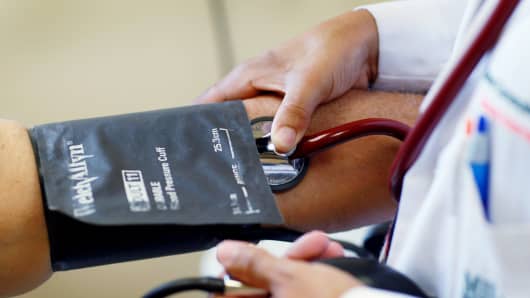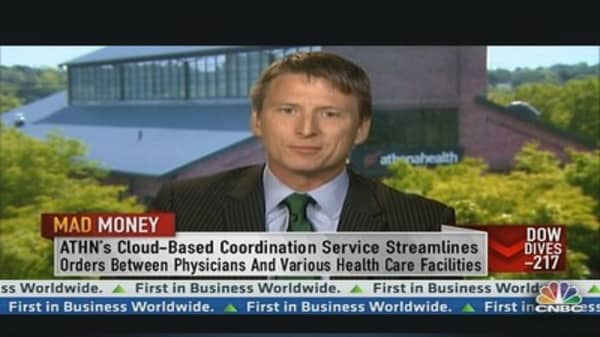Already sluggish health-care inflation is expected to slow down even more in 2014 as consumers, employers and the federal government continue looking to cut medical costs, a new report said Tuesday.
And the rate of health-care inflation—as distinct from total medical spending—could drop further in future years as the Affordable Care Act rolls out and employers and consumers pay greater attention to costs, suggests the report by the professional services firm PwC.
In 2014, the health-care inflation rate is projected to slow to 6.5 percent, according to the "Medical Cost Trend: Behind the Numbers" report by PwC's Health Research Institute. That's 1 percent less than the 7.5 percent inflation rate for 2013 that HRI projected last year.
After accounting for changes in health insurance benefit designs that drive down costs, the net growth rate of inflation next year is projected to be just 4.5 percent, according to the report. HRI based its projections on analysis of the large-employer market that covers around 150 million Americans.
(At a Glance: Medical Cost Trend—Behind the Numbers)
The deceleration in health-care inflation breaks a historical pattern of increases in that inflation rate after a recession ends, and stems from "structural changes that are altering how and where care is being provided," the report said.
"For an industry that until recently has consistently seen double-digit growth, the ongoing slow-down poses immediate financial challenges," the report noted.
"Total spending will rise with the cost of caring for the newly insured" under so-called Obamacare, the report said. "But the rate of growth, which is based on unit cost, should remain at some of the lowest levels since the government began measuring national health expenditures in 1960."
(Read More: Two-Thirds May Not Insure Under Obamacare)
Ceci Connolly, a PwC managing director and a leader of the Health Research Institute, added that, "From an employer perspective, the slower rate of growth on health-care costs is good news."





